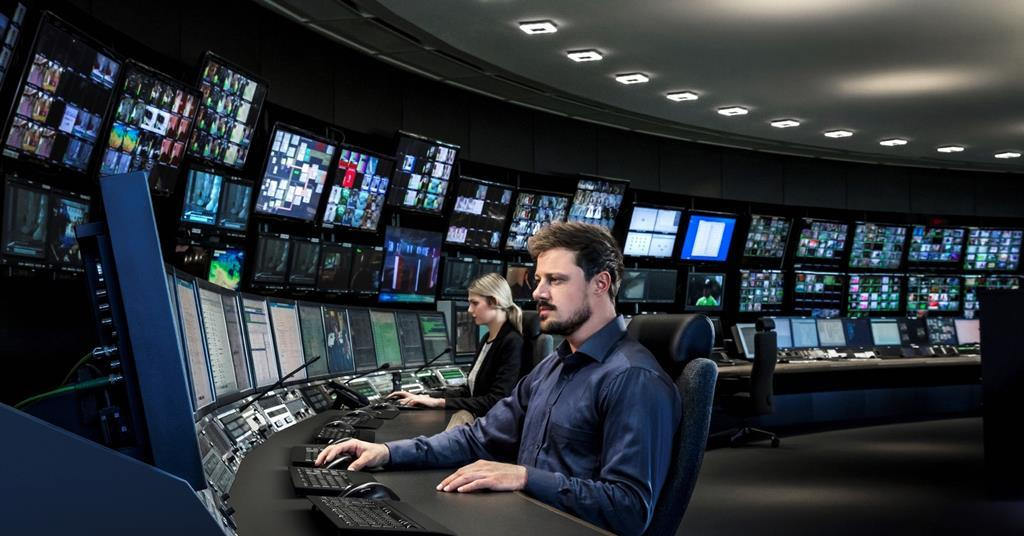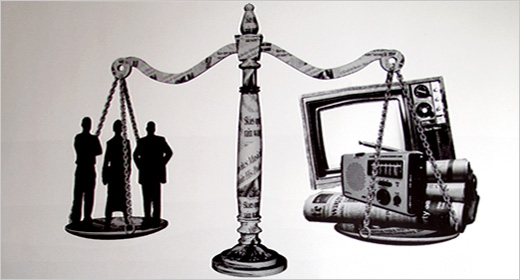Broadcasting Technologies
1. Analog vs. Digital Broadcasting
Overview:
Analog and digital broadcasting are two fundamental approaches to transmitting audio and video signals. Understanding their differences is crucial to grasping the evolution of broadcasting technology.
Analog Broadcasting:
Definition: Transmits signals in continuous waves. Audio and video information is represented by varying waveforms.
Characteristics:
Susceptible to interference and signal degradation, leading to poorer quality as distance increases.
Capable of delivering standard definition (SD) video and audio quality.
Examples include traditional AM/FM radio and early television broadcasts.
Digital Broadcasting:
Definition: Encodes audio and video into binary data (0s and 1s) and transmits it over the airwaves.
Characteristics:
Greater resistance to interference and signal degradation, allowing for clearer sound and picture quality.
Supports multiple channels (multicasting) within the same frequency band, providing viewers with more options.
Capable of delivering high-definition (HD) and ultra-high-definition (UHD) content.
Examples include digital television broadcasts (DTV) and digital radio (DAB).
Key Differences:
Quality: Digital broadcasts provide superior audio and visual quality compared to analog.
Efficiency: Digital broadcasting maximizes bandwidth efficiency, allowing for the transmission of multiple channels.
Signal Integrity: Digital signals maintain clarity over longer distances without significant degradation.
2. Understanding RF (Radio Frequency) and Transmission
Radio Frequency (RF):
Definition: RF refers to electromagnetic waves within the frequency range of about 3 kHz to 300 GHz, which are used for transmitting data, audio, and video signals in broadcasting.
Key Characteristics:RF signals can travel long distances and penetrate various obstacles, making them ideal for broadcast applications.
Different frequency bands (AM, FM, TV) are allocated for specific broadcasting services, determining how signals are transmitted and received.
Transmission:
Components of Transmission:
Transmitter: Converts audio or video signals into RF signals and sends them to the receiving antennas.
Antenna: Radiates the RF signals into the air, allowing them to travel through space to reach receivers.
Receiver: Captures the RF signals and demodulates them back into usable audio and video formats.
Factors Affecting RF Transmission:
Line of Sight: Particularly important for higher frequency signals. Physical obstacles can disrupt signal quality.
Propagation Conditions: Environmental factors, such as weather and terrain, can impact RF signal strength and reception.
Frequency Band Usage: Regulatory bodies allocate specific frequency bands for different types of broadcasting, impacting how and where signals can be transmitted.
3. The Role of IP in Modern Broadcast
Internet Protocol (IP) Broadcasting:
Definition: IP broadcasting uses IP networks to transmit audio, video, and data signals, as opposed to traditional, dedicated circuit-based systems.
Key Features:
Flexibility: Allows for the utilization of existing IT infrastructure, reducing the need for dedicated physical cabling or hardware.
Scalability: Easily scales up or down based on demand. Broadcasters can add or remove resources without significant disruption.
Interoperability: Devices from various manufacturers can communicate with each other, promoting collaborative production environments.
Applications of IP in Modern Broadcast:
Remote Production: Enables teams to produce live content from different locations without requiring heavy on-site infrastructure.
Real-Time Data and Analytics: Facilitates the integration of real-time data feeds that enhance viewer engagement and provide context during broadcasts.
Cloud-Based Solutions: Allows broadcasters to store, edit, and distribute content in a shared cloud environment, enhancing collaboration and flexibility.
4. Overview of HD, UHD, and Streaming Technologies
High Definition (HD):
Definition: Refers to video resolutions greater than standard definition, typically starting from 720p (1280x720 pixels) to 1080p (1920x1080 pixels).
Benefits: Improved picture clarity and color accuracy compared to SD broadcasting.
Ultra High Definition (UHD):
Definition: Refers to video resolutions of 4K (3840x2160 pixels) and 8K (7680x4320 pixels), providing significantly higher detail and clarity than HD.
Benefits: Delivers an immersive viewing experience with enhanced detail, making it ideal for large screen displays and cinematography.
Streaming Technologies:
Streaming Protocols: Technologies like HTTP Live Streaming (HLS) and Dynamic Adaptive Streaming over HTTP (DASH) enable adaptive streaming quality based on available bandwidth.
Content Delivery Network (CDN): Enhanced delivery of video content to users through distributed servers, allowing for faster load times and reduced buffering.
Key Trends:
The transition from traditional broadcasting to streaming platforms offers viewers more choice and control over their content consumption.
Emergence of direct-to-consumer services, enabling content producers to reach audiences without traditional intermediaries (e.g., cable networks).
5. Production Techniques
Video Production Techniques:
Cinematography: The art of capturing stunning visuals using different camera angles and techniques, including framing, lighting, and camera movements.
Editing: The process of arranging and refining footage to create a cohesive story, involving software tools for video editing and color correction.
Audio Production: Techniques for capturing and mixing audio, including voiceovers, sound effects, and background music, to enhance the overall production quality.
Live Production Techniques:
Multi-Camera Shooting: Utilizing multiple cameras to capture various angles simultaneously during live events to provide dynamic coverage.
Switching and Live Mixing: Real-time switching between camera feeds, graphics, and video clips to create engaging live broadcasts.
Graphics and Data Integration: Incorporating on-screen graphics, statistics, and lower-thirds to provide contextual information during broadcasts.
Post-Production Techniques:
Color Grading: Adjusting the color and tone of the footage to create a specific look or mood.
Visual Effects (VFX): Integrating computer-generated imagery and visual effects to enhance storytelling and create impressive visuals.
Final Mastering: Preparing the content for distribution by ensuring audio levels, rendering formats, and quality standards are met.
Conclusion
Understanding the critical components of broadcasting technologies—including the differences between analog and digital, the role of RF and IP, the significance of HD and UHD, and the essential production techniques—provides a comprehensive foundation for anyone interested in the broadcasting industry. These elements contribute to shaping how content is produced, distributed, and consumed, ultimately enhancing the viewer experience. This knowledge not only supports current industry practices but also prepares future professionals to adapt to the ever-evolving landscape of broadcasting technology.






